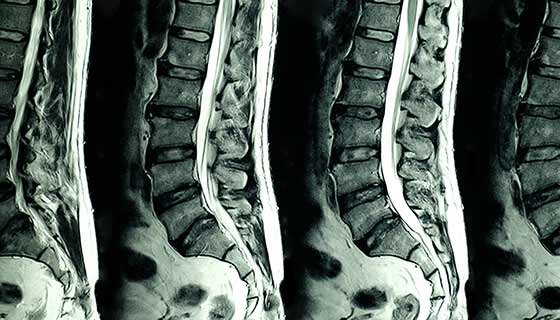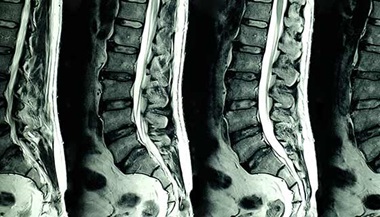Endovascular Neurosurgery and Interventional Neuroradiology
You may be treated by a healthcare provider who focuses on the central nervous system if you have a problem that affects your brain or spinal cord. These healthcare providers can do procedures that are minimally invasive. This means the procedure can be done with a tiny cut (incision). That's often better than a larger incision that is needed for open surgery.
Endovascular neurosurgery is practiced by a neurosurgeon or neuroradiologist who is specialty trained in neurointerventional surgery. The word endovascular means inside a blood vessel. This type of surgery is also known as interventional neuroradiology. It is done with thin tubes (catheters) and small tools. These are put into the blood vessels. This is done instead of surgery with a large cut (incision). The surgeon often uses radiology images at the same time. These help the surgeon see the part of the body being treated.
Endovascular neurosurgery
Neurosurgery is a type of surgery that treats problems of the brain and nerves. Endovascular neurosurgery is a subspecialty within neurosurgery. These healthcare providers are trained in both neurosurgery and radiology. Then they do a neurosurgery residency at a hospital. After that, they do a fellowship program in endovascular neurosurgery. A neurosurgeon may be board certified in neurosurgery through the American Board of Neurological Surgery. There is no board-certified specialty for endovascular neurosurgery.
Interventional neuroradiology
Radiology is a specialty that helps diagnose and treat conditions with imaging methods. Interventional neuroradiology is a subspecialty of radiology.
These healthcare providers are trained in radiology. And they are trained in neurology or neurosurgery. Then they do a radiology residency at a hospital. After that, they do a fellowship program in interventional neuroradiology. A radiologist may be board certified in neuroradiology. This is done through the American Board of Radiology.
What kinds of procedures are done by these specialists?
The procedures include:
-
Thrombolytic therapy. This uses medicine to dissolve a clot in a blood vessel in the brain.
-
Blood clot retrieval. This uses a small catheter to remove a blood clot that is blocking the blood flow in a brain artery.
-
Endovascular coiling. This is done to treat a brain aneurysm. A brain aneurysm is a bulge in a weak spot in the wall of an artery in the brain that fills with blood. The bulge is at risk of a tear (rupture). This would cause bleeding on the brain. A surgeon puts a very thin metal coil inside the aneurysm to prevent this. It blocks blood flow into the bulging area. It may also be closed with a clip.
-
Minimally invasive spine surgery. This is done to treat spinal problems. These include fractures, tumors, compressed nerves, and other conditions that put pressure on the spinal cord.
-
Cerebral angiography. This is a radiology procedure. It looks at how blood is flowing in the brain.
-
Carotid artery angioplasty and stenting. The carotid arteries send blood and oxygen to the brain. This procedure uses a small balloon to open a carotid artery that has become too narrow. A tiny mesh tube called a stent is then put in place. It keeps the artery open.





